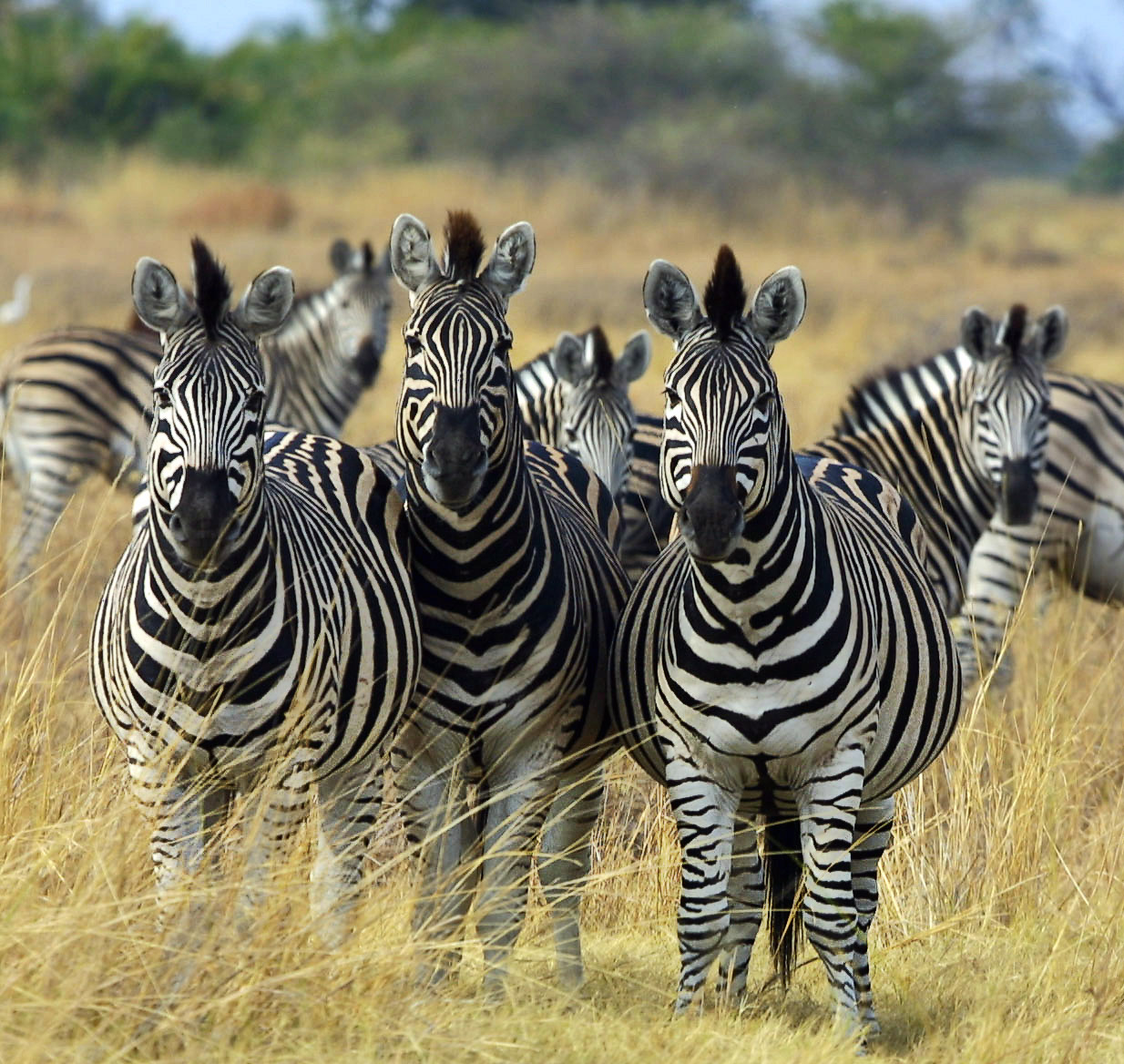I don’t believe a maple tree becomes a sequoia."
First and foremost, you must address your own problem of truth-telling -- you don't seem to grasp the concept, and somehow think it's perfectly **OK** to lie about what science actually says.
You need to fix that problem.
Now that you are practicing honesty, let me advise you that no scientist has ever claimed "a squirrel becomes a horse", or that "a maple tree becomes a sequoia," -- those are ridiculous mischaracterization of evolution theory.
Indeed, if you will think back to who first told you such nonsense, that is the source of your current truth-telling problems.
Eventually you must confront it.
What evolution theory actually says is that every generation, without exception, experiences some small mutations causing changes from those generations which went before.
Frequently confirmed observations show us that most such mutations have no effect on us, and of those which do effect us, most are negative.
But just a few mutations actually help in survival and reproduction, and those get passed on to future generations.
Short-term, that's called "adaption", while longer term changes slowly accumulate, leading to "evolution".
So there's no difference between "adaption" and "evolution" except the length of time under discussion.
DNA and fossil records show that after about a million years, separated populations, which could previously readily interbreed (i.e., races, breeds & varieties) become unwilling, if not yet actually unable, to interbreed.
At that point, we refer to them as not just different sub-species, but separate species.
Yes, they may well still look like others closely related, but their willingness and ability to interbreed is key to our classifications of them as different breeds, species, genera, orders, etc.
For example: Zebras, while generally looking all the same, actually come in a dozen different breeds and sub-species in three different species and two sub-genera: